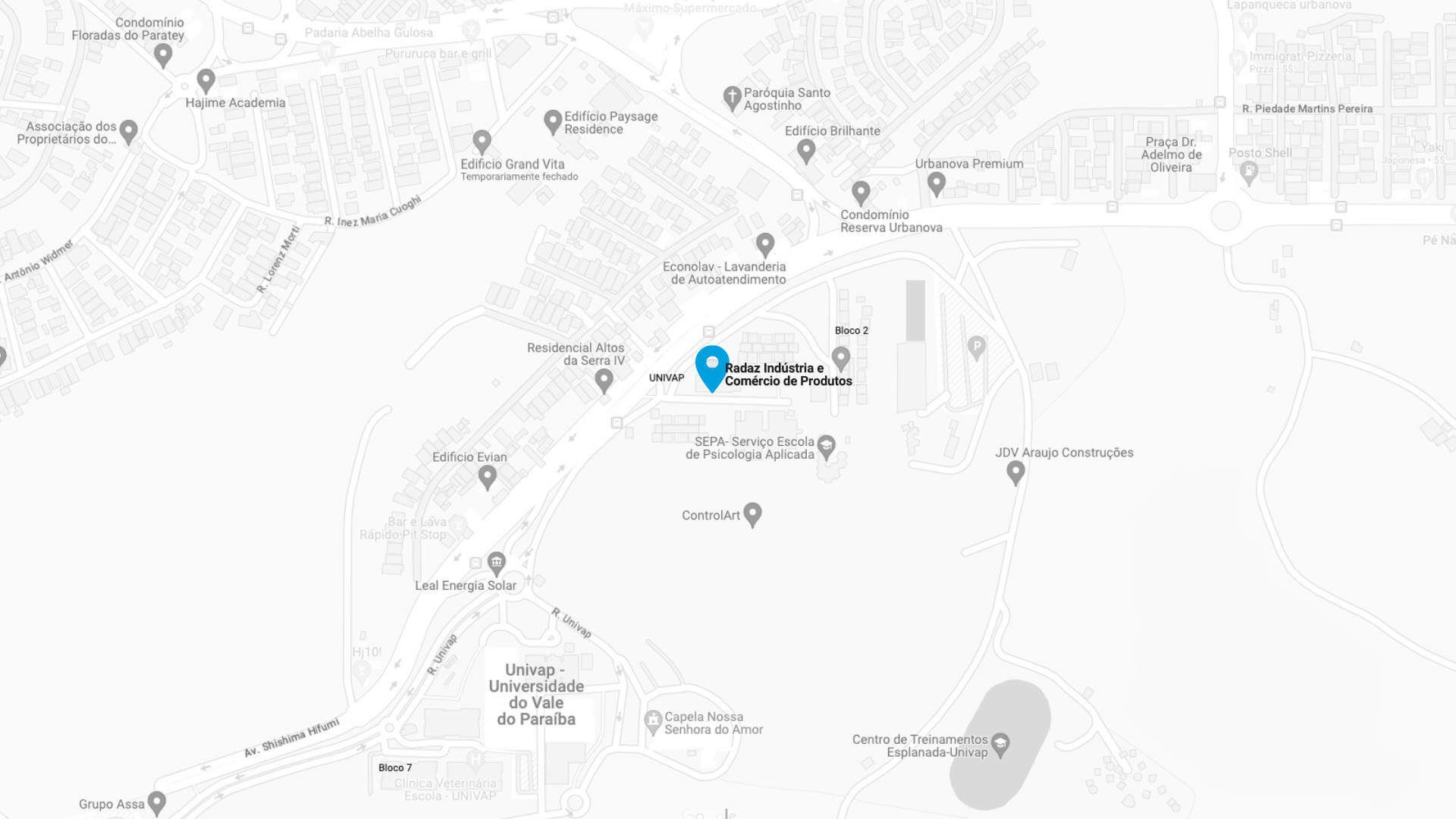Contact Us
-
E-mail:
This email address is being protected from spambots. You need JavaScript enabled to view it.
Frequently Asked Questions - FAQ
What is remote sensing?
Remote sensing is the process of collecting data, information and images of the Earth's surface without the need for direct contact, using sensors such as radar, laser, camera and satellite.
What does a remote sensing radar do?
Radar transmits a wave and receives its return signal via antennas (in our case C, L and P). However, this wave is a million times larger than the light wave visible to the eye. As a result, it easily penetrates vegetation and soil, providing information that complements cameras and laser or lidar, such as soil moisture, crop and grass biomass, and soil compaction, among others.
What are the advantages of the RD350?
- The user has his own radar, operating simultaneously in the P, L and C bands. Only three-band radar on board a class 3 drone in the world. Only radar in the world that offers cross-track interferometry in C and P bands simultaneously, along with polarimetric L-band;
- Can achieve resolution up to 2 cm in C-band, 6 cm in L-band and 18 cm in P-band;
- Radar has an open interface to raw data and navigation data and comes with two open-source back-projection processors: the traditional one and an FFBP;
- The ground segment of the radar also processes the surveyed data automatically. The laptop delivered, already has the entire processing library and delivers the data within the same acquisition time, i.e. 20 minutes of flight are processed in 20 minutes;
- The drone can perform revisits every 15 minutes or 30 minutes if necessary;
- The drone works with differential interferometry in P, L and C bands and has a high precision inertial navigation system;
- It can survey up to 500 hectares per day.
What is the benefit of using radar instead of other sensors?
- Lidar: The benefit is when you need to penetrate vegetation and soil. Lidar has a much shorter wavelength than radar, so it doesn't penetrate the soil and has difficulty penetrating vegetation! An example of this is soil moisture measurement, which can only be measured with radar, lidar cannot measure, another example is anthills, anthill detection can also only be done with radar! But of course, there are applications where lidar can have better results than radar, in fact the sensors are complementary!
- Satellites in the L, C and X bands with resolution in the range of 0.5 m to 100 m. Only Sentinel is free and the other systems can have high costs, depending on resolution and revisit. Revisits are usually weekly. No satellite has the P-band, essential for tomography, used for anthill detection and vegetation and soil penetration surveys. Only TerraSAR-Tandem has one-pass cross-track interferometry. All others work with two passes;
- Aircraft in P, L, C and X bands with resolution in the range of 0.5 m to 25 m. High survey cost, e.g. hundreds of thousands of US$ to run a series of surveys and low availability.


